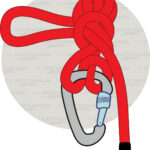The Bowline Knot creates a strong, fixed loop at the end of a rope. It’s quick to tie, easy to untie, and widely used in boating, rescue, and climbing.
Pros and Cons
| ✅ Pros | ❌ Cons |
|---|---|
| Easy to tie and remember | Not secure under cyclic or lateral loads |
| Can be tied one-handed | Can capsize or slip if misused |
| Doesn’t jam, even after loading | Requires a free rope to tie or untie |
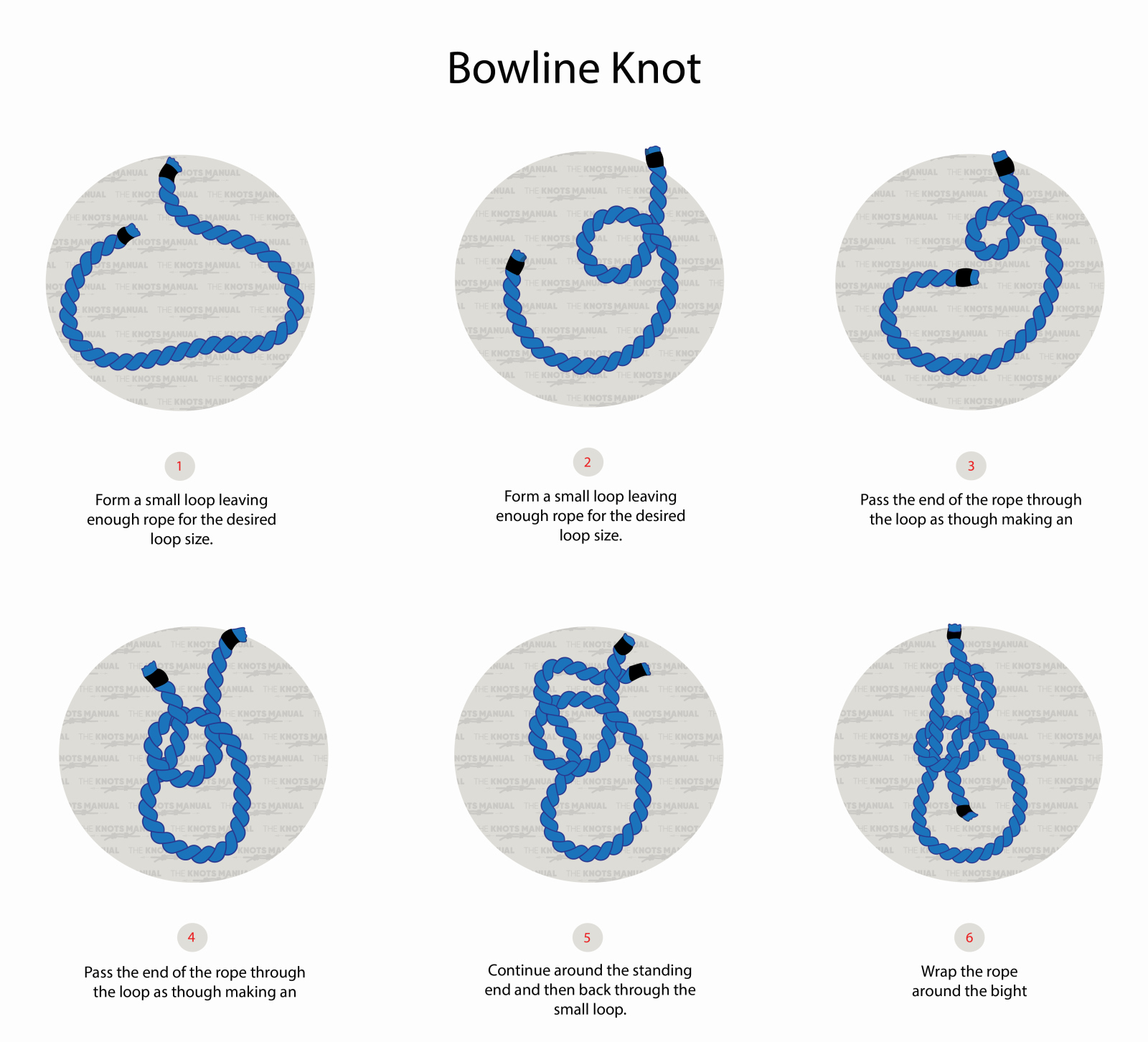
Safer Alternatives & Variations
| Knot Name | Use Case | Key Benefit |
|---|---|---|
| Yosemite Bowline | Climbing harnesses | More secure, easy to untie |
| Water Bowline | Wet environments, rescue lines | Less likely to slip |
| Double Bowline | Heavy loads, climbing (with stopper) | Better grip, strong under tension |
| French/Spanish Bowline | Rescue loops for people | Creates two leg loops |
| Running Bowline | Tree work, object retrieval | Creates a sliding noose |
| Figure 8 Follow Through | Climbing, harness tie-ins | Highest security, harder to untie |
Step-By-Step Guide on How to Tie the Bowline Knot
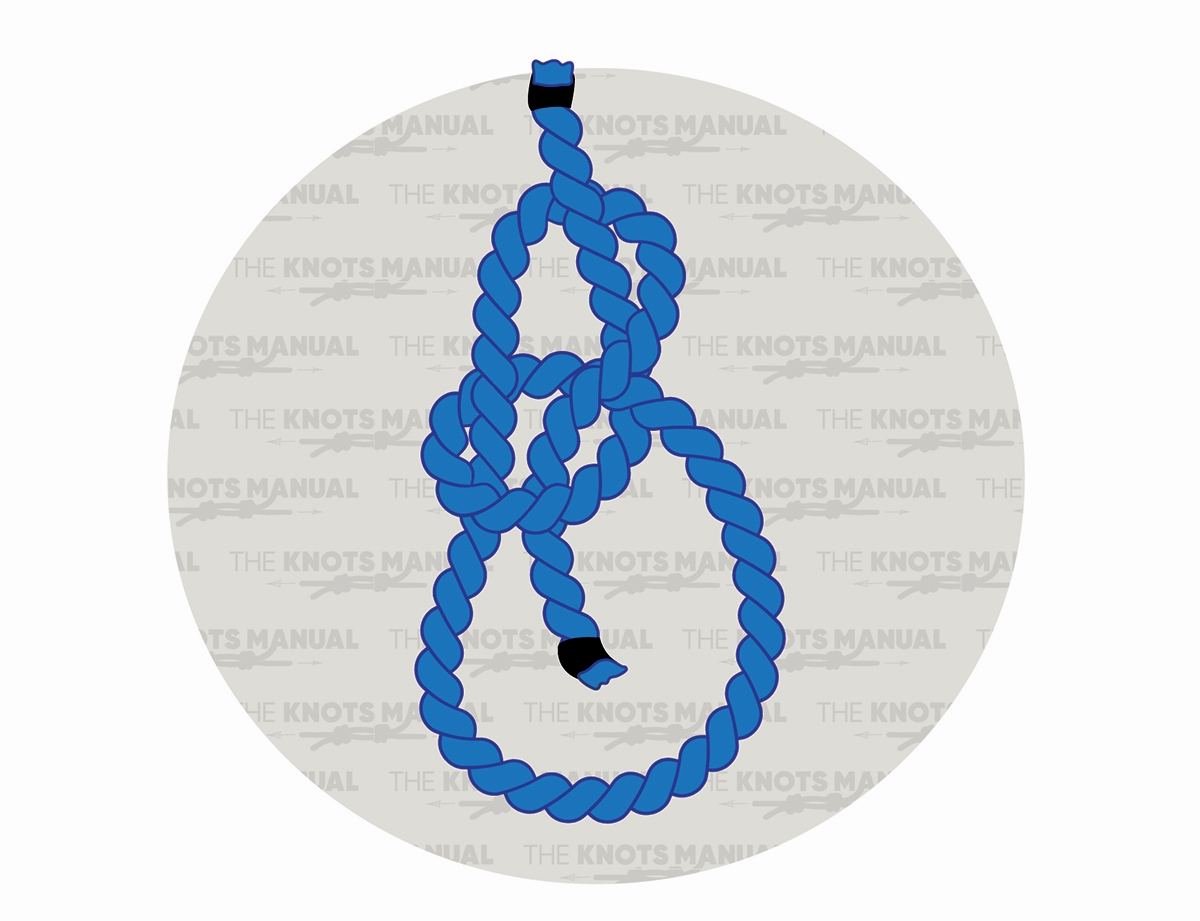
A step-by-step guide on how to tie the Bowline Knot
Step 1:
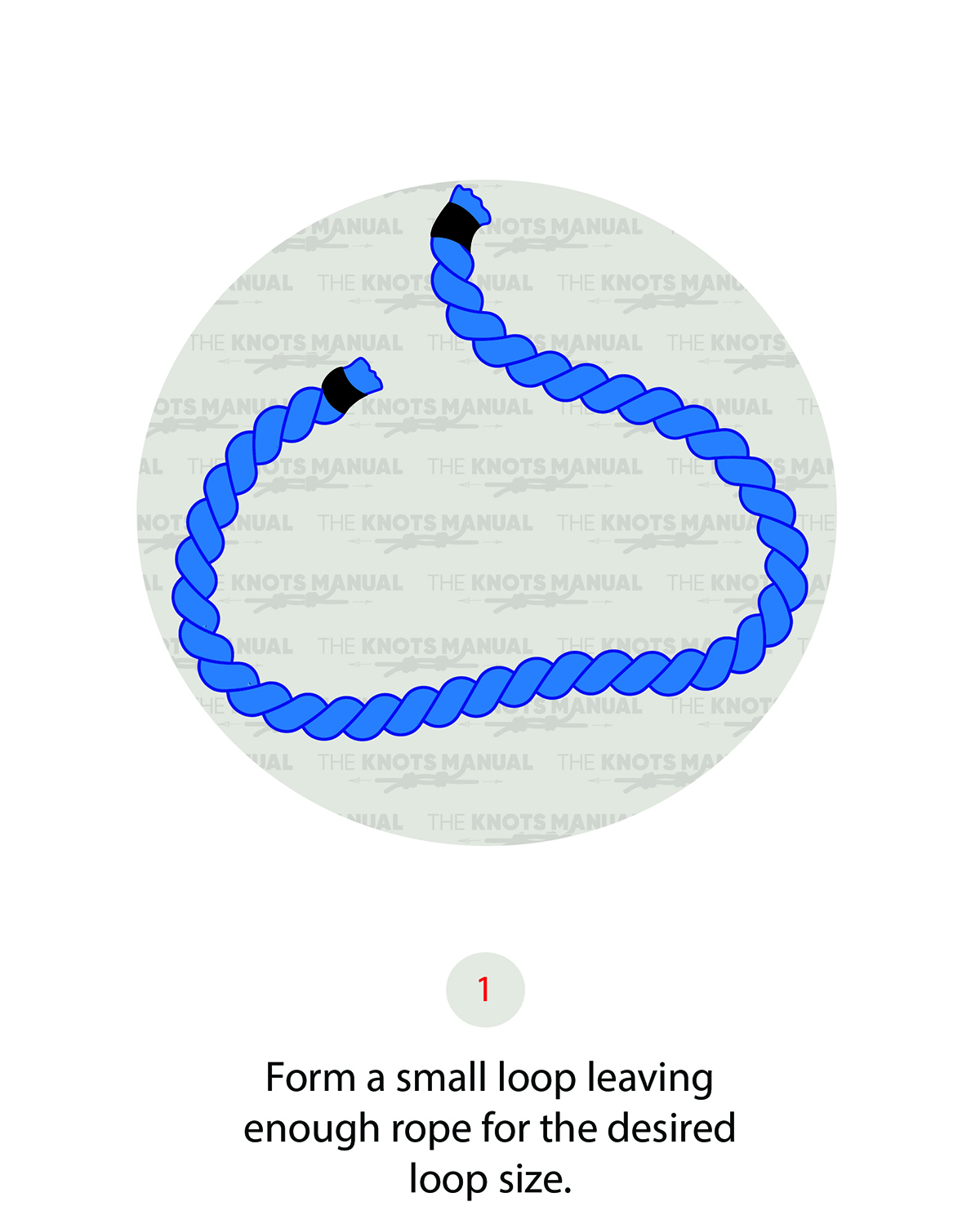
Leave a rather long end of the working end, based on how large you want the loop to be.
Step 2:
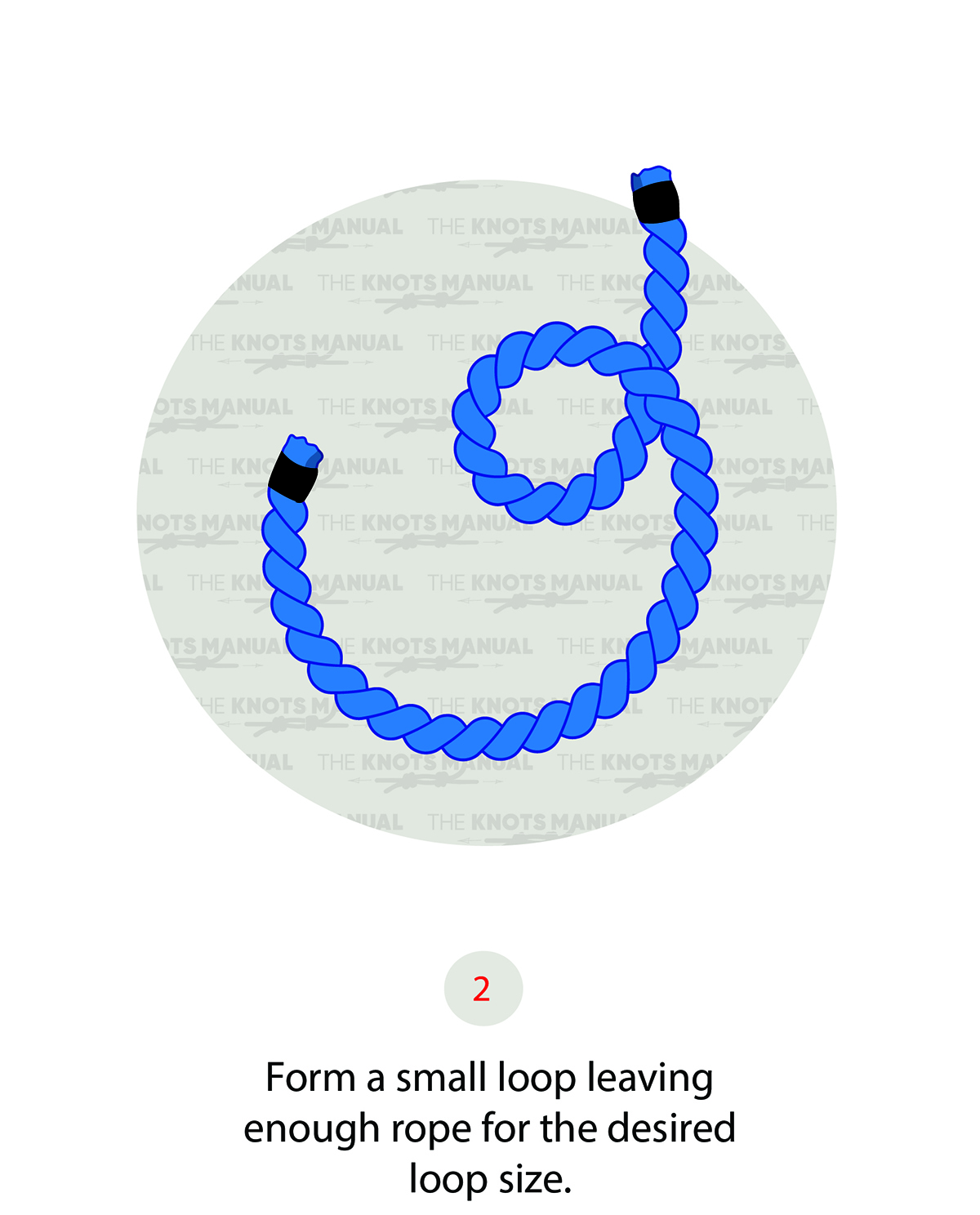
Form a loop near the end of the rope.
Step 3:
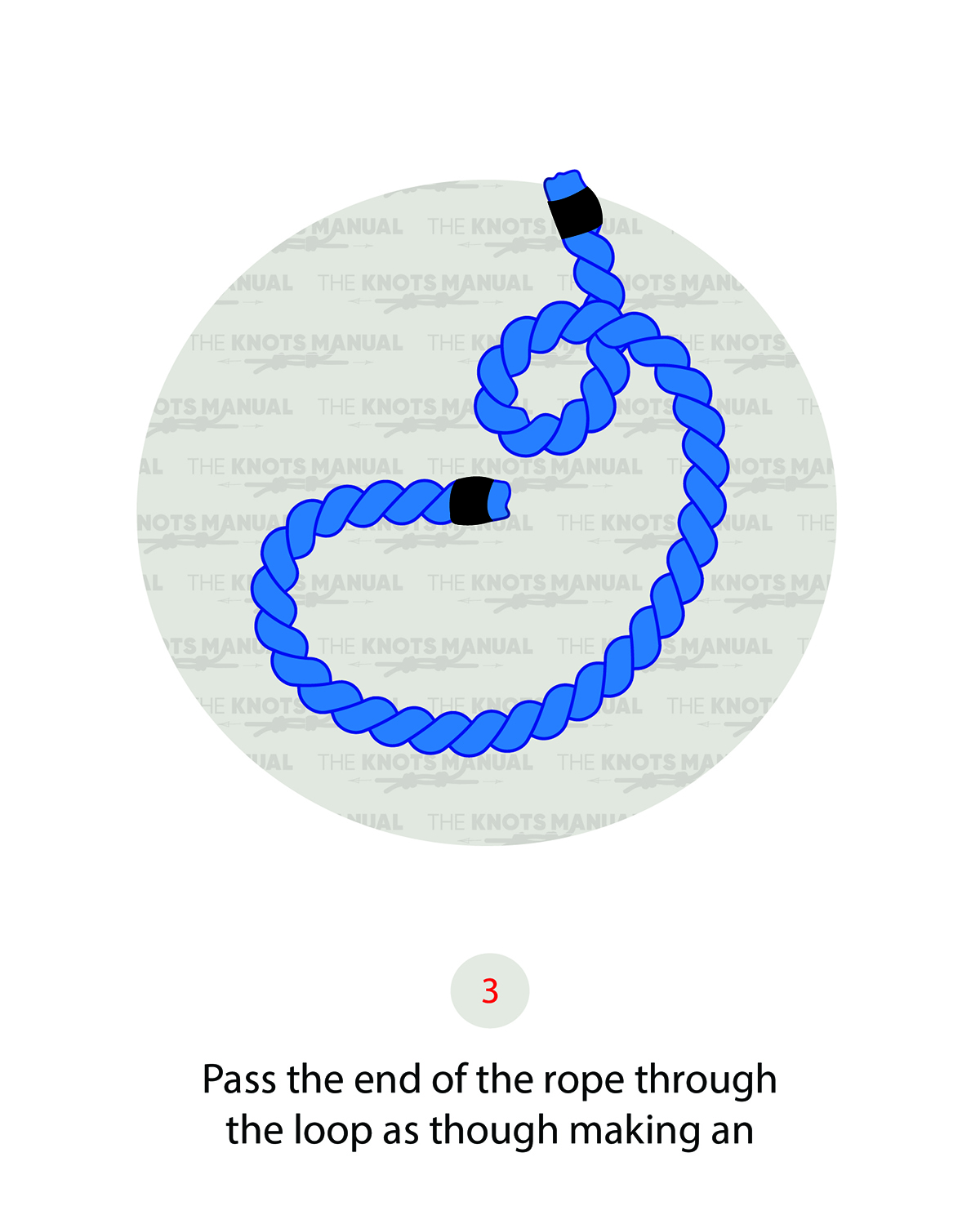
Pass the working end through this loop.
Step 4:
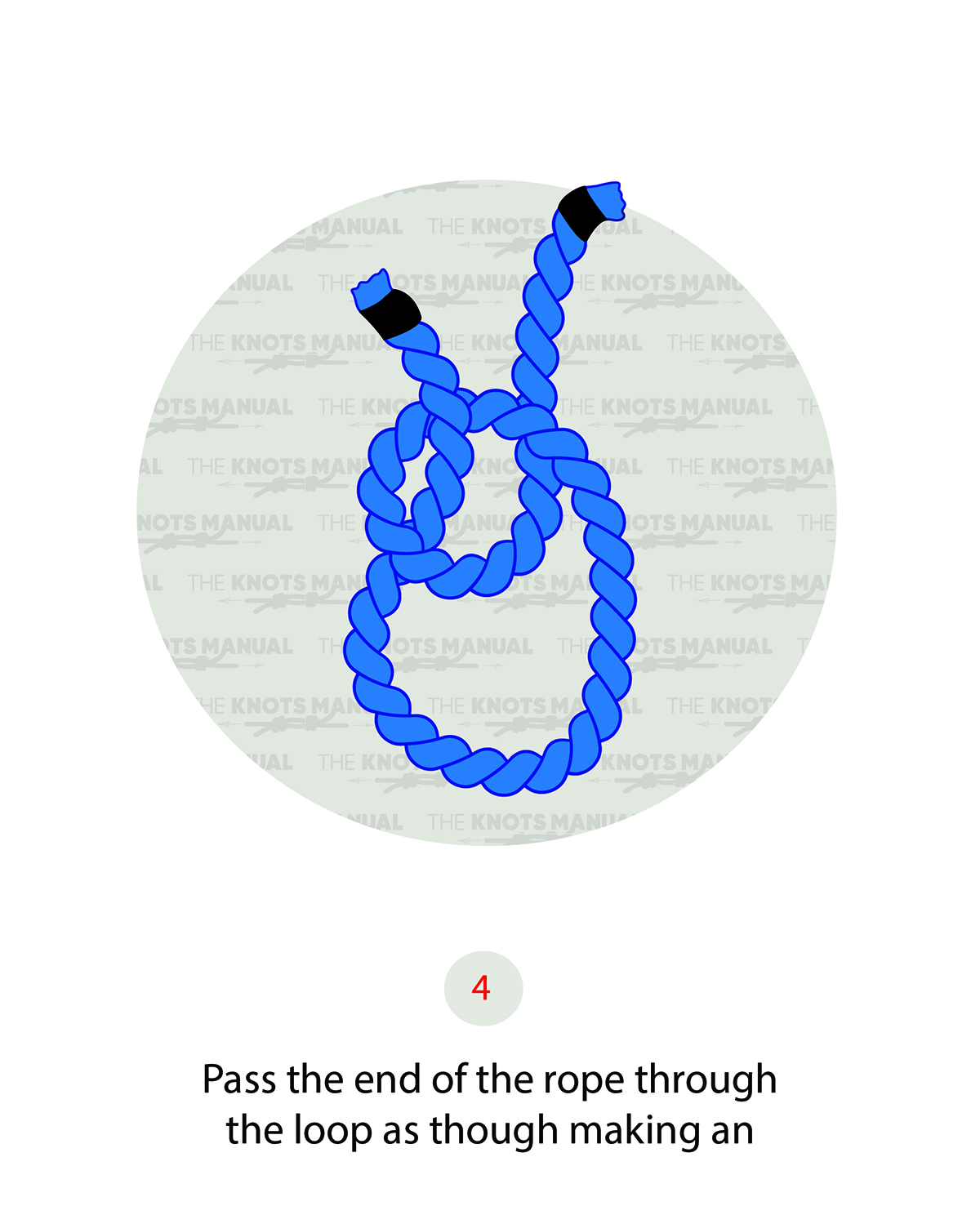
Go out of this loop on the left side of the standing end.
Step 5:
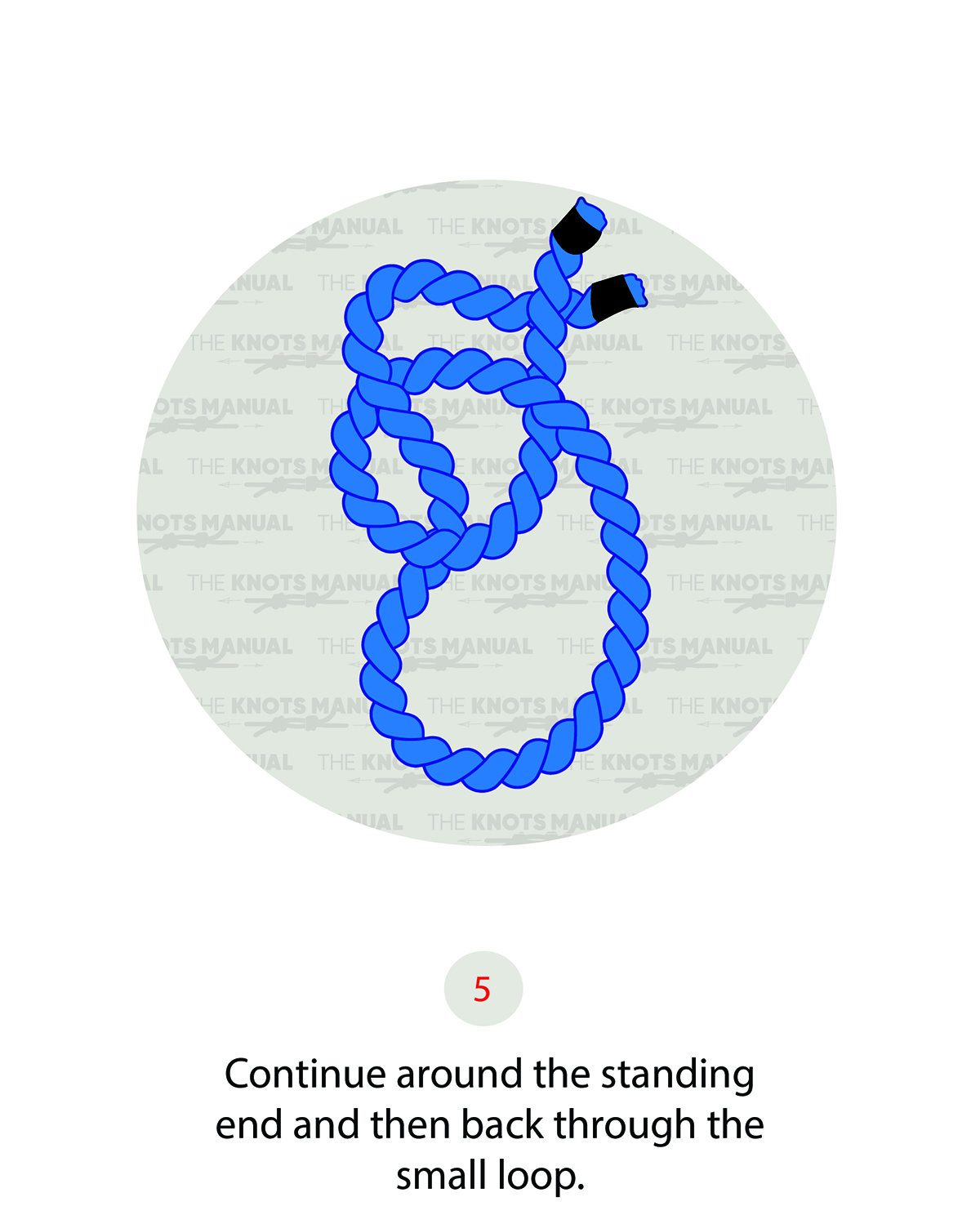
Pass the working end around the standing end.
Step 6:
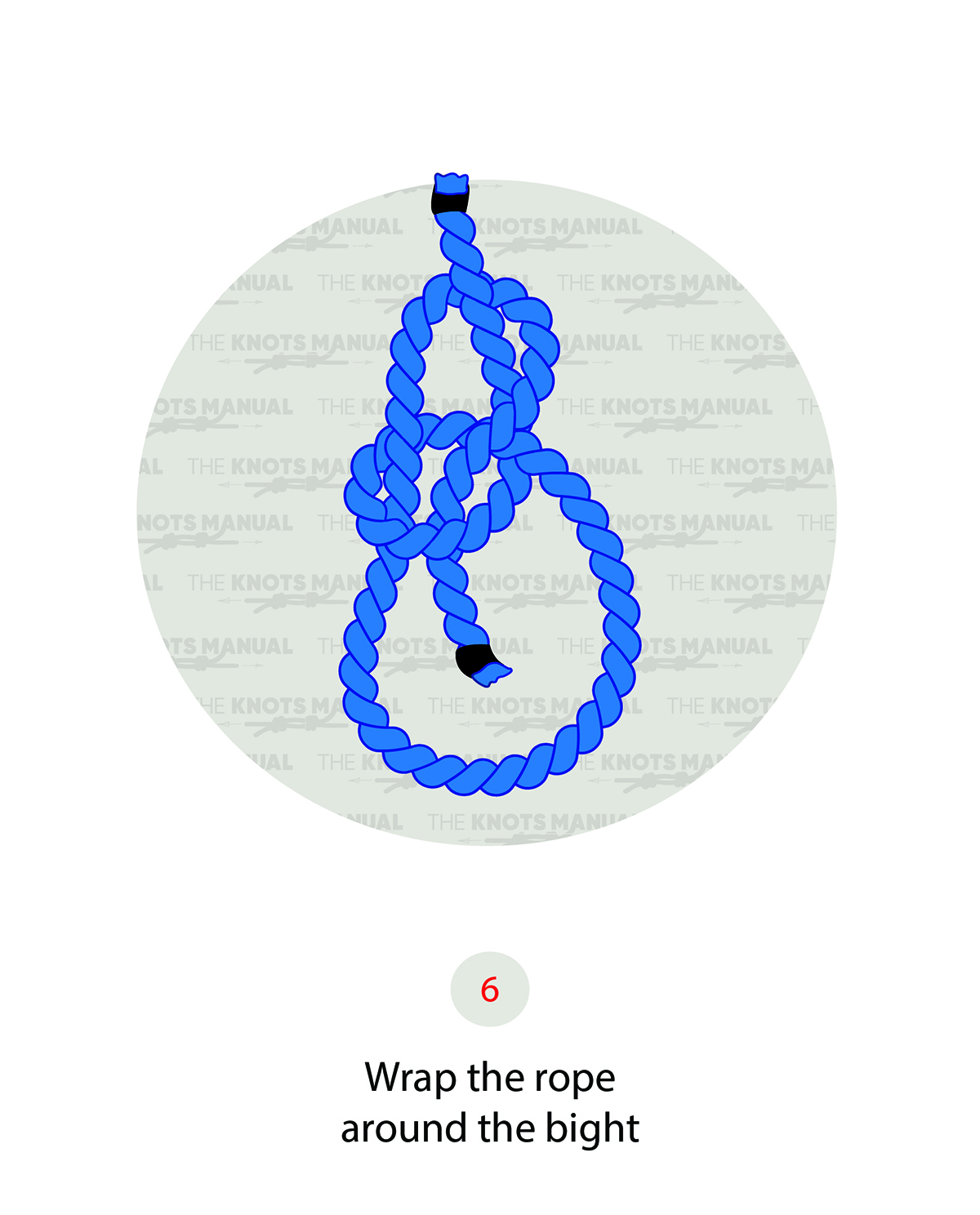
Pass the working end through the loop that you formed in step 2, only in the opposite direction. Finally, tighten the knot.
Frequently Asked Questions
How strong is a Bowline Knot?
It retains about 65% of the rope’s strength, strong enough for general use but not ideal for life-critical applications unless paired with a stopper.
Can the Bowline Knot Be Used for Climbing?
Yes, but only with a stopper knot (like a Double Overhand). Still, the Figure 8 Follow Through is safer and more common in climbing.
Can it untie under load?
No, it holds under consistent load. But with cyclic or side loads, it may loosen. That’s why a stopper knot is essential.

